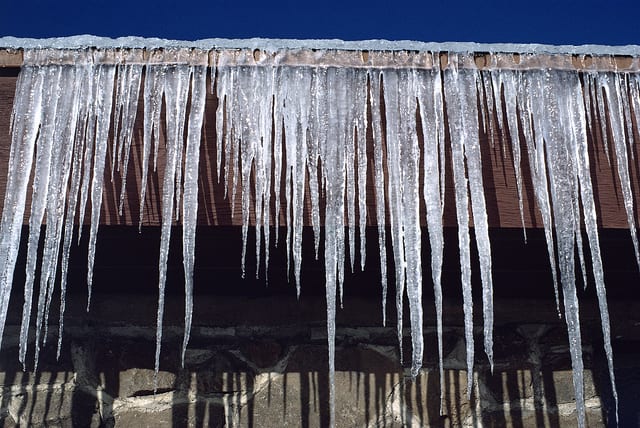 From frozen roads to frozen smartphones, field technicians in the HVAC industry are experiencing quite possibly their busiest week in the past decade, according to PennLive. Here’s an idea of just how much the polar vortex has wreaked havoc on heating and plumbing systems in its path.
From frozen roads to frozen smartphones, field technicians in the HVAC industry are experiencing quite possibly their busiest week in the past decade, according to PennLive. Here’s an idea of just how much the polar vortex has wreaked havoc on heating and plumbing systems in its path.
1. Polar Vortex Keeps HVAC Crews on the Move
HVAC crews across the country are handling busier schedules than ever as customers experience failing heating systems. Why? Well, the more temperatures drop, the more heating systems get tested. “A lot of times, if the equipment isn’t maintained or checked, then you’ll have parts that are beginning to fail and when it gets really cold they get put to the test and that’s when they fail,” Bryan Hice, service technician at Virginia-based Albemarle Heating and Air, told Newsplex.
Read more at Newsplex
2. HVAC Organizations Add Staff to Meet Extreme Weather Demand
While the arctic chill that sweep sub-zero lows as far south as Alabama on Monday caused many to stay indoors, the HVAC industry was staffing up and preparing for an onslaught of service calls. The Charlotte Observer reports that one North Carolina-based HVAC organization has 71 service technicians and 24 installers on call — both its weekday and weekend staff combined — to prepare for what could possibly the company’s busiest week of the year.
Read more at Charlotte Observer
3. Fleet Managers: Planning for Extreme Cold Conditions
The extreme weather conditions caused by the “polar vortex” early this week resulted in multiple road closures across the U.S., creating transportation difficulties and unsafe road conditions. For fleet managers and service techs across the country that utilize these roads, this could mean a direct impact on their bottom line during an especially busy time of year. State highway administrations from Maryland to Indiana were doing what they could to create safe driving conditions. “The greatest impact to motorists will be slick or even icy conditions on what appears to be just wet pavement,” said Melinda Peters, Maryland’s State Highway Administration (SHA) . “Crews are on the highways and will closely monitor conditions along with the Emergency Operations Center in Hanover.”
Read more at Fleet Owner
4. When Frozen Pipes Become Leaking Pipes
Though the arctic weather conditions will eventually subside, this won’t mean smooth sailing for busy HVAC crews. “The worst is probably yet to come with lines thawing out,” HVAC contractor Craig Eshenaur told Penn Live. “It will be nice to warm up, but that’s when we start seeing the things that have frozen. Sometimes [pipes] will thaw and there are no issues, but sometimes they thaw and the pipes are pushed apart and split.”
Read more at Penn Live
5. Extreme Weather Conditions: Shutting Down Smartphones
It’s safe to assume that having a connected mobile workforce during the busiest time of year would be vital for HVAC organizations, however, yet the polar vortex may best the fleet’s mobile connects, as well. With record low, sub-zero temperatures across the U.S., smartphones are failing left and right. “Smartphone manufacturers don’t recommend that their devices be used in cold weather,” reports MikroPC. The group found that at 23 degrees Fahrenheit, both the iPhone 4S and the Nokia N9 started to malfunction. A majority of smartphones are unable to handle temperatures below 5 degrees, while feature phones lasted until the temperature dropped to -13 degrees.
Read more at Tech Hive

Share this: